I’ll never forget, it was the end of September several years ago and I wasn’t quite emotionally prepared to see frost on the farm. So I paused, took a deep breath. Closed my eyes. Opened them to see our green fields turning gold, feel the crisp air on my face, cedar waxwings flying over the corn and decided to simply sit, legs crossed in the garden, soaking the scent and the soft light, saying and singing thanks before gathering myself and preparing for the seasons to come.
What is your heart grieving, as the leaves fall as chill air turns frost?
What is your heart grateful for, as kale and collards sweeten in the cold?
Here is a quick little reference:
All Coverings Considered
If you’re simply looking for overnight frost protection, quick: Throw a bedsheet over! If you’re looking for frost protection that is also season extension, prolonging and often amplifying your harvests, floating row cover is the way to go. Under this row cover, plants still photosynthesize (unlike a bedsheet), offering protection from cold & frost for weeks & even months.
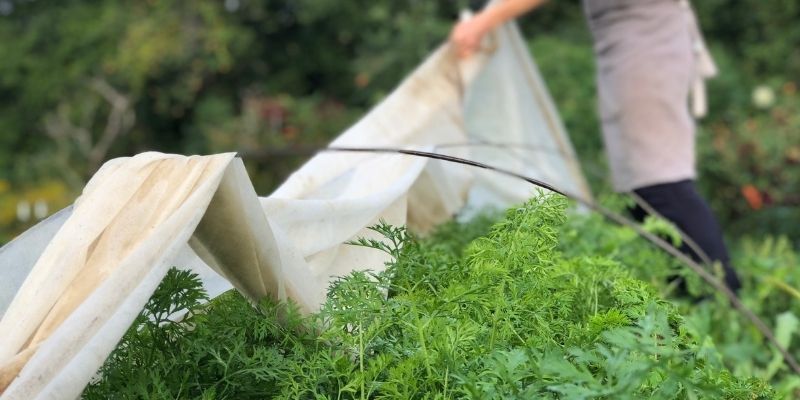
There are floating row covers of different thickness or ‘weights.’ There is thin, light row cover that is used primarily in summer as insect exclusion (protecting squash from cucumber beetles, for example) and there is also thicker row cover used primarily for season extension. We share them both! It’s possible to use both for both purposes, though they play sufficiently different roles that it’s a worthwhile investment to have both on-hand for different seasons.
Spreading floating row cover over hoops makes a huge difference, allowing the frost to settle well above the leaves. Our spring steel hoops are simple to use in gardens, raised beds and even containers! The loft they offer is especially critical if you’re hoping to extend your season, so they can act as mini-greenhouses that warm up during the day.
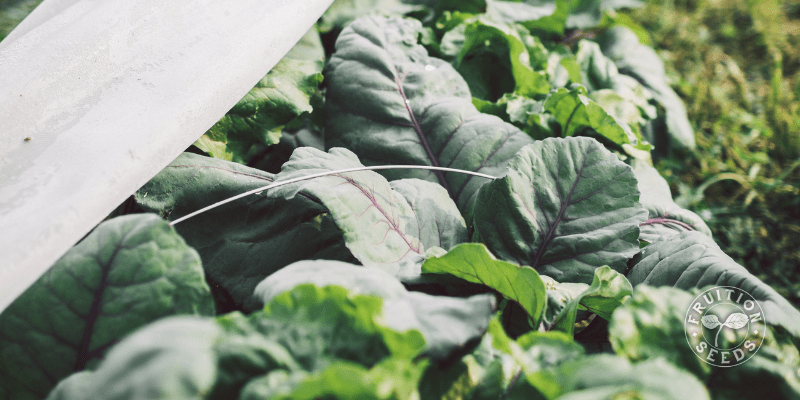
Frost-Tender Plants
For some plants, frost is frost. Basil, beans and other frost-tender plants (see our list below) will dramatically perish with a 32 F/0 C frost as well as a 27 F/-2.7C. Cover these frost-tender plants as best you can! We often try to simply harvest them completely prior to frost, though if it’s a light frost, protecting your plants well for a single night might give your plants weeks to yet flourish, which is so worth it! Here in Zone 5, we often have one or two freezing nights two to four weeks before frosts become consistent; with these early frosts, we often go to great lengths to save plants that will thrive for weeks to come.
A Short List of Frost-Tender Plants
Basil, dill, beans, fennel, all cucurbits (cucumber, squash, melon) and solanaceous nightshades (tomatoes, peppers, eggplant, tomatillos, ground cherries), peanuts, ginger, mature summer lettuce and many flowers as well as herbs.
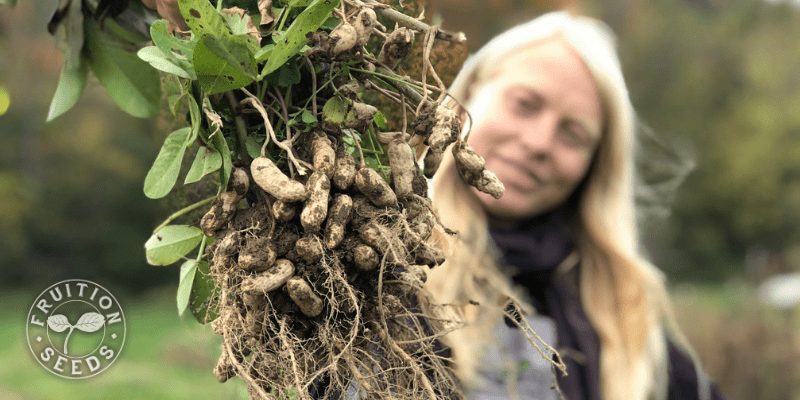
Tasty Bites from First Frost Harvests
As with many bittersweet transitions in our lives, we love to create fun, nourishing & inspiring traditions around them. For example, we love to make a ‘first frost pesto’ including all kinds of greens to accompany the last of the fresh basil. We also make a ‘first frost pickle’ of all the adorable baby peppers and eggplant, tomatoes, beans and other veggies we find. They’re so cute!
Also, baby winter squash is essentially summer squash, so harvest & savor every last one along with any optimistic flowers, as well.
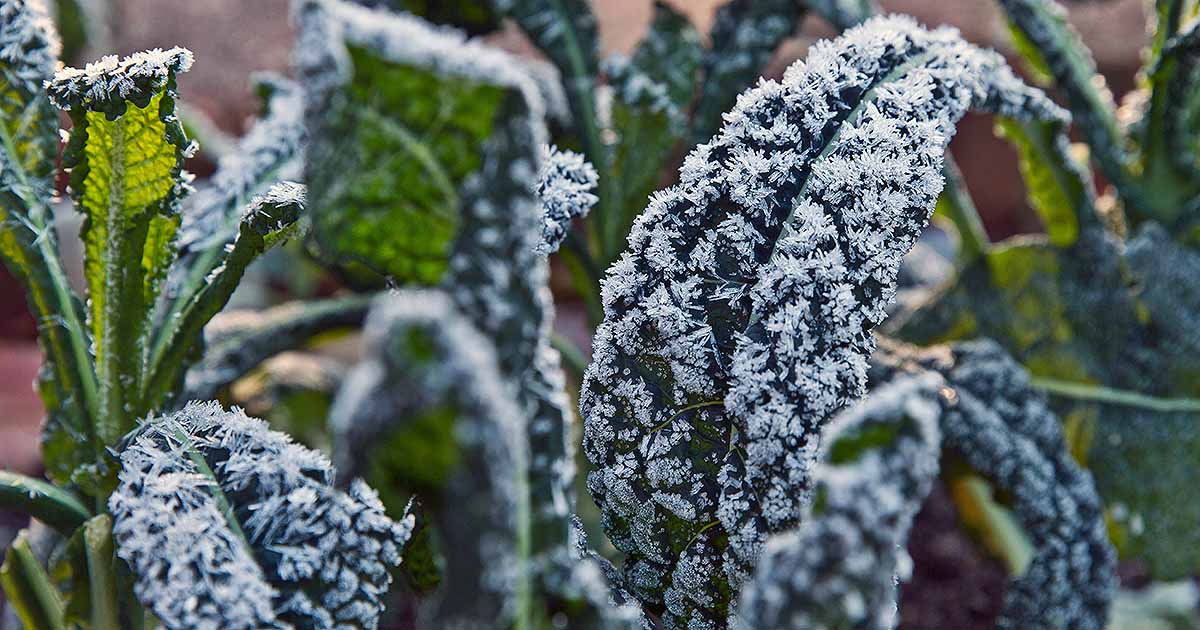
Frost-Hardy Plants
We don’t often cover frost-hardy plants at first frost unless it’s a deep frost of 27 F/-2.7C or lower. Once a few light frosts have kissed frost-hardy plants, they can handle colder temps and deeper frost without trouble, but if it’s sudden and significant, they can be set back. Also, we cover young carrots and beets so they can grow to maturity before the deep cold sets in.
A Short List of Frost-Hardy Plants
Carrots, beets, all brassicas (collards, kale, arugula, brussels sprouts, radish), spinach, chard, endive, cold-hardy and baby lettuces, all alliums (leeks, scallions, chives), celery, cilantro, parsley, thyme, oregano, strawflower, phacelia, yarrow, calendula.
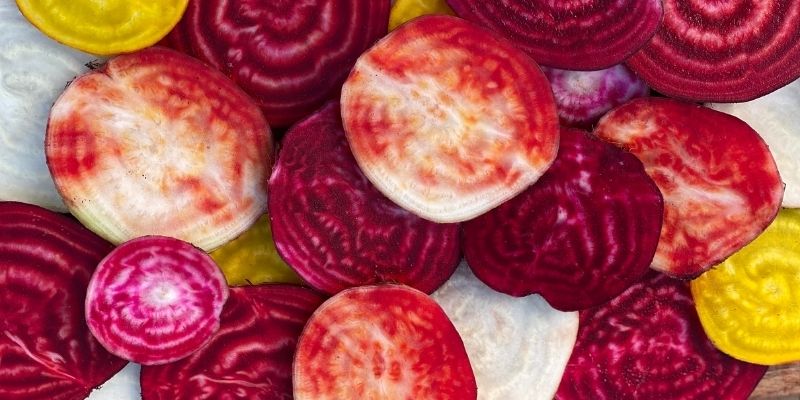
Frost Doesn’t Mean Finished
Friends, above all, let’s resist the urge to feel the season has ended: Life is death is life. We’ll often harvest greens for weeks and even months past frost; spinach, claytonia and mache overwinter easily here in the Finger Lakes to nourish us often til June after surviving under the snow all winter. Shifting seasons in our gardens and in our lives are beautiful and humbling opportunities to grow so much more than calories…
…and we’re here to grow with you in all the ways ~
Sow Seeds & Sing Songs,

& the whole Fruition crew
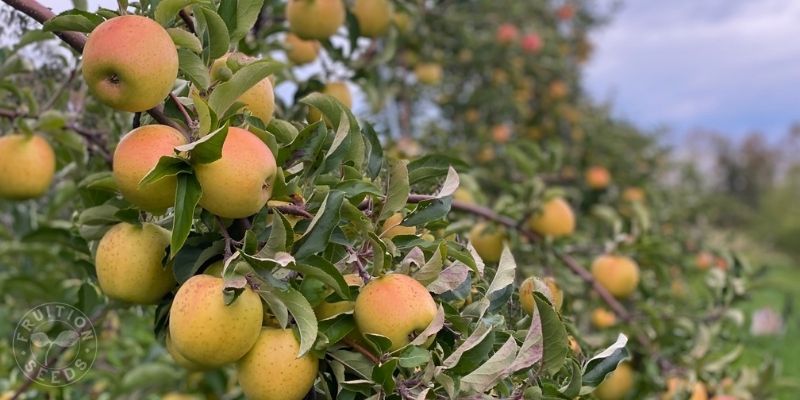

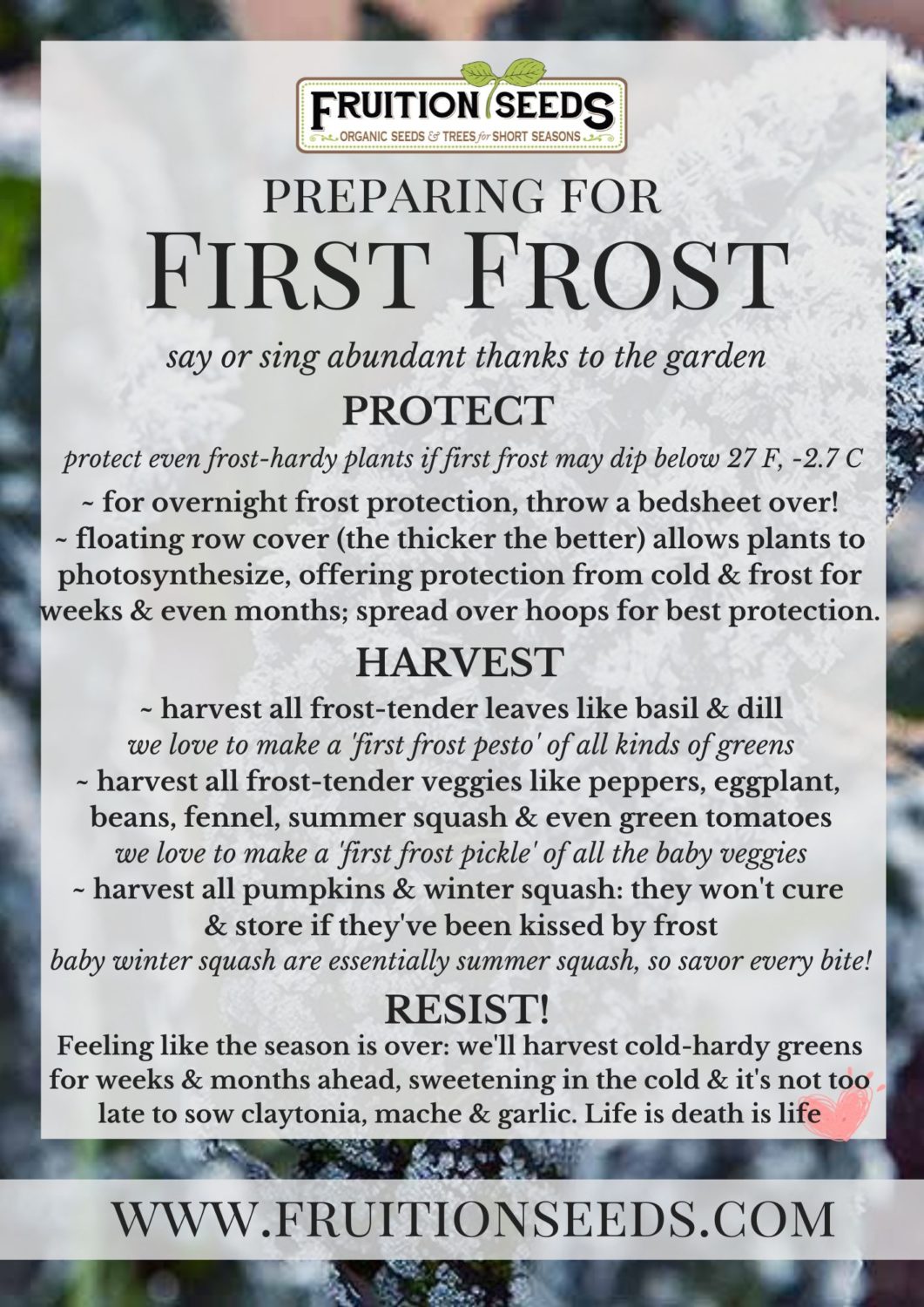
If there was going to be a mild stretch of days after the first frost/freeze would you pull back the agribon to let in the full sun or keep them tucked in?
Could you please provide a recipe for “first frost pickle”?
Thank you!!
Hi Kim,
You can use any pickling recipe for this project! Melissa <3